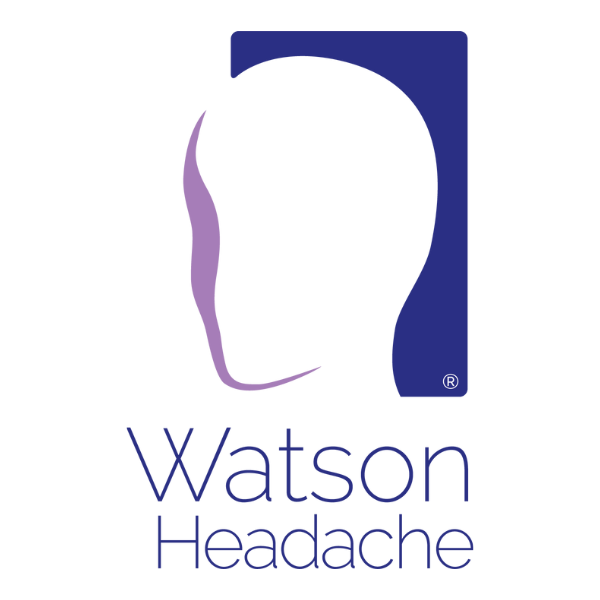Watson’s colleague wants to ensure his comprehension, “So what you are saying is that to rule out cervicogenic headache (CGH) because of alternating unilateral head pain is baseless.” “Yes, the silence of the medical model about alternating headache is conspicuous – ‘the reasons (for alternating unilateral – side-shifting – head pain) are unclear (1), and respectfully is no more than a ‘neurological’ opinion. My hypothesis is based on unparalleled (32+ years, 40000 hours with over 10000 patients) of exclusive clinical experience, neuroanatomical principles, and extensive manual therapy clinical reasoning, describing a pattern of musculoskeletal misbehaviour – albeit the trigger for this misbehaviour is yet to be proven – for unilateral, alternating headache.”
“Yes, I am beginning to see this,” nods Watson’s colleague.
The ‘Chain Reaction’
Watson is keen to substantiate his experience, “Given the recent research which confirms that the nucleus pulposus (NP) of the C2-3 disc is ‘alive and kicking’, and distinct from the annulus fibrosus (AF), it is reasonable to postulate that subtle, posterolateral asymmetrical distribution of intradiscal pressure impacts on the posterior disc elements (AF +/- posterior longitudinal ligament),” Watson offers.
“This then initiates a ‘chain reaction’ which has been coined independently as the ‘Watson Headache Chain Reaction’, Watson explains.
“To clarify,
i) alternating posterolateral aberrant C2-3 intra-discal pressure, which
ii) increases pressure (not necessarily symptomatic) on the ipsilateral (alar portion of) posterior longitudinal ligament and adjacent delicate AF,
iii) activating the ipsilateral inferior capitis oblique, rotating C2 contralaterally, i.e. SP of deviates ipsilaterally (to the asymmetrical aberrant intra-discal pressure), simultaneously stressing CO-C1, C1-2 and C2-3 concomitantly.”
“Thank you for clarifying this,” replies Watson’s colleague.
Understanding the Behaviour of Unilateral Head Pain is Crucial
Watson continues, “Side-locked unilaterality is a manifestation of CGH; an expression of consistent ipsilateral (to headache) musculoskeletal issue, including aberrant C2-3 intra-discal pressure, but unilateral head pain could occur due to cranial vasculitis. However, alternating or side-shift behaviour is a significant feature of CGH; this feature alone is sufficient for diagnosing CGH. The origin of alternating unilateral headache is problematic and ignored by the medical model of headache.”
“What about bilateral headache,” enquires Watson’s colleague. “CGH can also present bilaterally. This brings to mind another manifestation of CGH, i.e., unilateral head pain that radiates as the headache develops to include the other side without leaving the original side, is underpinned by a similar mechanism,” explains Watson. “Understanding the behaviour of unilateral head pain is crucial.”
The ‘Soapbox’
Watson is now on his ‘soapbox’, “This diagnostic criterion of CGH (established by the ICHD-3) as a unilateral side-locked headache is erroneous and unveils the inadequacy of the medical model, by excluding non-neurological perspectives when establishing diagnostic for CGH – a musculoskeletal condition.”
Watson’s colleague attempts to intervene… “This means,” Watson continues, “That over 80% of those with alternating, unilateral ‘migraine’ are destined to a lifetime of medication inappropriately.”
“But, all of this is dependent on the validation of this variation of musculoskeletal misbehaviour,” interjects Watson’s colleague. “Yes, I understand this. I stand to be corrected, but irrespective of my hypothesis being validated, it doesn’t change what is found on examination and clinical management of alternating (and side-locked) headache; alternating unilateral headache is a musculoskeletal event.”
Reference:
1. Oda J, Tanaka H, Tsuzuki N. Intervertebral disc changes with aging of human cervical vertebra. From the neonate to the eighties. Spine (Phila Pa 1976). 1988;13(11):1205-11.

